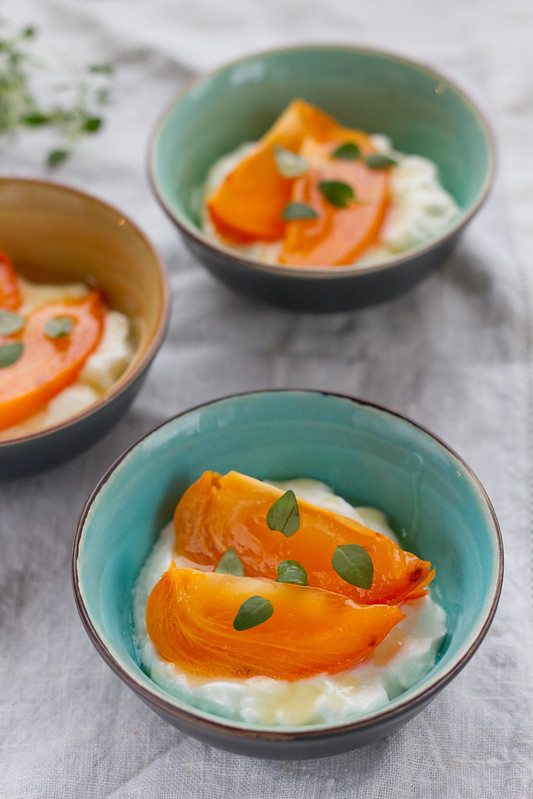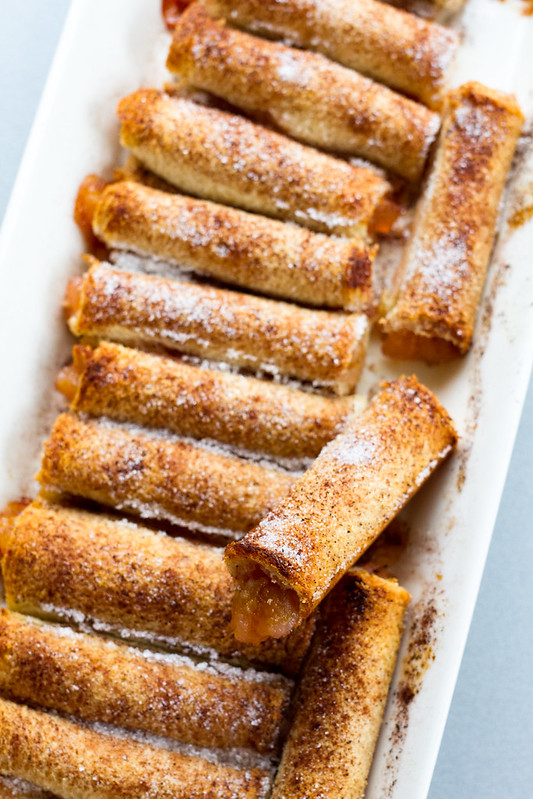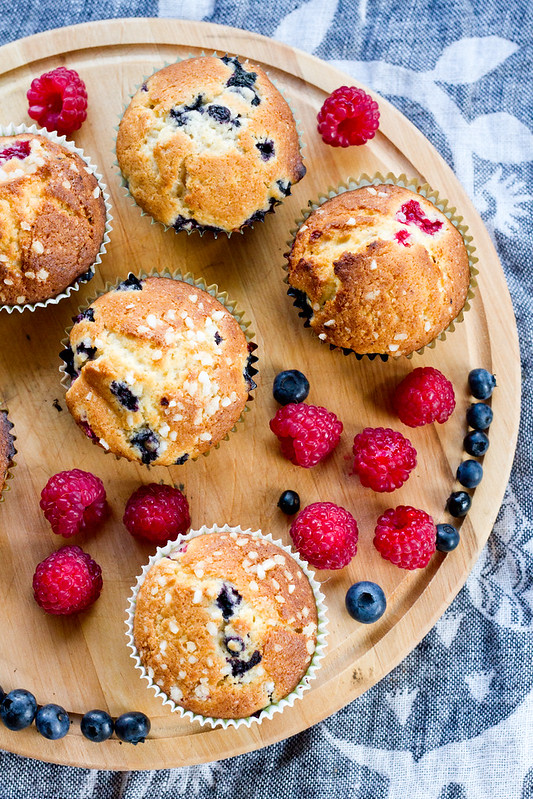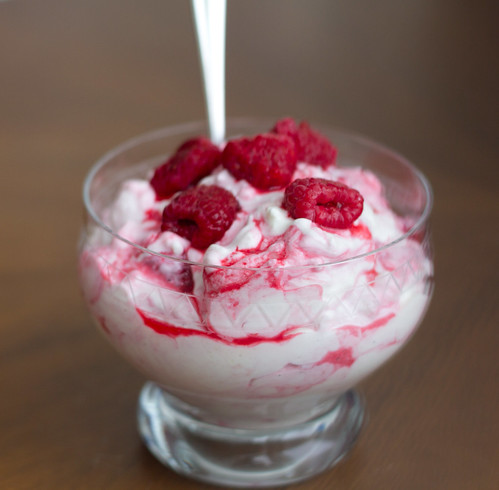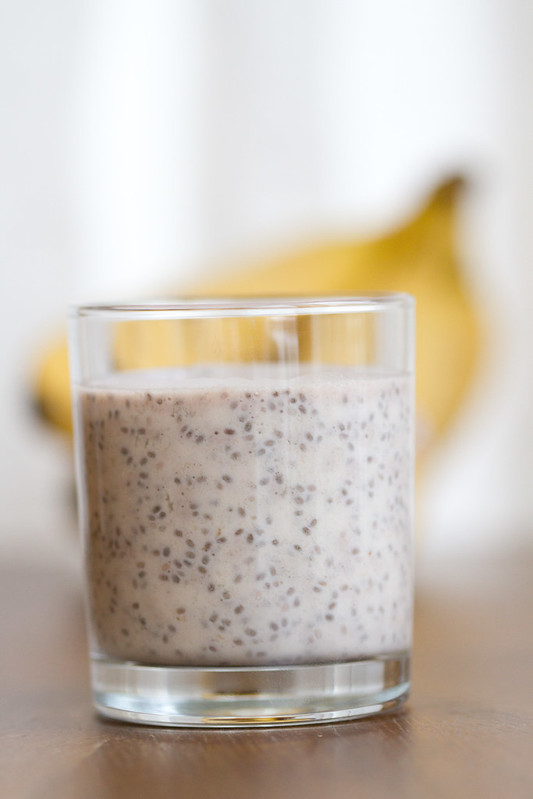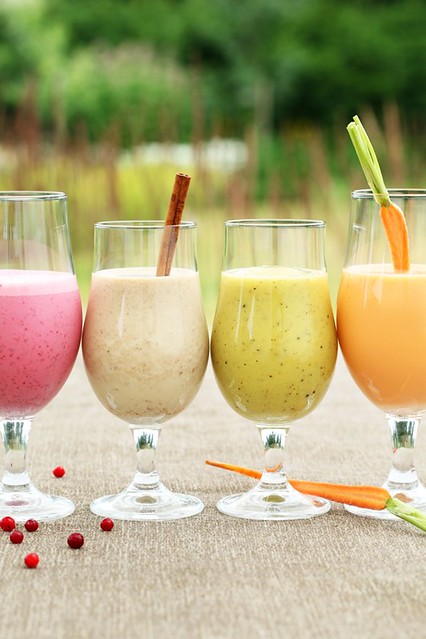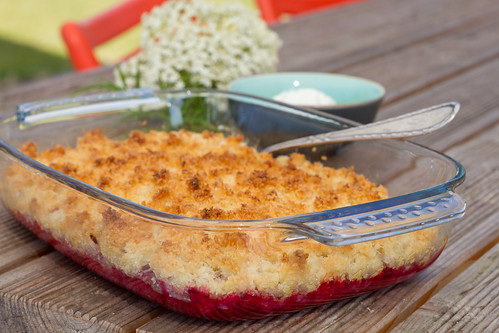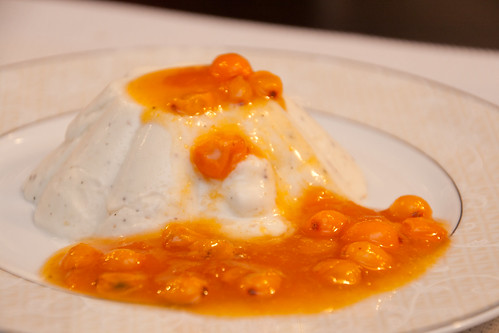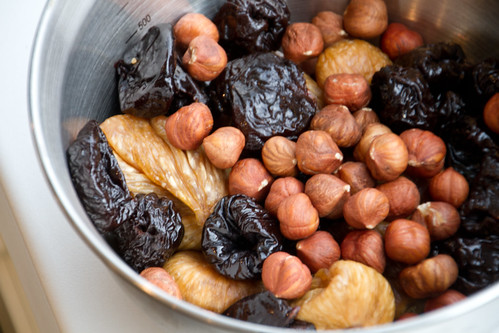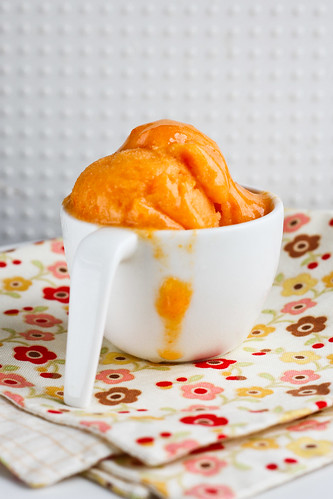 You'll find the recipe for this wonderfully aromatic and flavoursome apricot sorbet at the end of this post.
Endomela
You'll find the recipe for this wonderfully aromatic and flavoursome apricot sorbet at the end of this post.
Endomela is a play of three Hebrew words, Ein-Dome-La. The meaning? "Similar to none" or "Unlike no other". This is the name of a small ice cream parlour in
Akko (known as
Acre in English), a small town in the Western Galilee region of northern Israel. Akko was first mentioned on the tribute-lists of pharaoh Thutmose III in the 16th century BC, and is considered to be one of the oldest continuously inhabited settlements in this part of the world. A place with history indeed.
We visited Akko in the midday heat in the middle of the hot Israeli summer, so it was hard to grasp that the city is a home to some 45 thousand inhabitants. I guess that most of them were hiding in the safety of their cool and possibly air-conditioned homes and not wandering around the streets.
We were in Akko for a reason, of course. As we were exploring the culinary delicacies Israel has to offer, we had arrived to have a light lunch at a famous seafood restaurant
URI BURI, meet the man behind the restaurant,
Uri (Jeremias) Buri (pictured just below), visit his ice cream shop and enjoy a private tour of his recently opened beautiful boutique hotel
Efendi and finish with a "light" tapas-style lunch at the hotel restaurant. I'll write about the fish restaurant and the hotel another time, today I'll give you a peek into his ice cream shop, the smartly-named Endomela.

Here's Uri Jeremias aka Uri Buri and me in front of his ice cream shop in Akko. American journalist Eric Westervelt described Uri Jeremias in
his article for NPR.org as having stepped out of a Tolkien novel, with "his thick, long, elfish beard, ample paunch and mischievous smile". My 3,5 year old daughter is convinced that I was served ice cream by Santa Claus/Father Christmas himself :)
Uri (Jeremias) Buri had been making and serving ice cream at this fish & seafood restaurant for years, but as the restaurant's kitchen is tiny, he had to move out his ice cream business into separate premises. He opened Endomela within a short walking distance from his restaurant just over a year ago. In addition to a number of sweet sorbets, ice creams and frozen yoghurts, he also makes some intriguing savoury combinations. We had a taste of this wasabi-sorbet, served with smoked salmon, as well of arak-flavoured sorbet destined as a palate-cleanser between various fish courses at his restaurant.

Uri scooping some of his lovely ice cream for us. (Photo by
Noa Magger). We got to sample pretty much all the available flavours.

Endomela's ice cream selection. (Photo by
Noa Magger).
All ice cream is made at the premises and in small batches. At the time of our visit, they were churning a very refreshing pineapple sorbet. My very favourite one was Endomela's
mint ice cream - so fresh and minty, definitely not your regular beach-front chocolate and mint concoction (you can see it on the right on the photo above). Uri told us he uses a combination of spearmint "Nana" (
Mentha spicata, Israelis call it sweet mint or nana) and the highly aromatic Emperor's mint or Roman mint (
Micromeria sp) to achieve the immensely refreshing and bright minty flavour.
The runner-up was Endomela's
apricot sorbet. Yet pretty much everything else we tried was wonderful as well - cardamom ice cream, passionfruit sorbet, halva ice cream, lime and poppyseed frozen yoghurt - you name it.
I've made
apricot ice cream before, but not apricot sorbet, and that's what I decided to replicate at home first. As the reigning king of all things ice cream and sorbet,
David Lebovitz, was also taking part in our trip to Endomela, I decided to use his recipe as a base. I know David provides his recipes both in Imperial and Metric, but his starting point is still the pound and not a kilo, so I did some minor revisions (
if I'd ask for 900 grams of apricots or 110 grams of chocolate chips in a store, I'd get very weird looks. While these amounts would make perfect sense to someone who's grown up with pounds and ounces, then 900 grams (2 pounds) of apricots and 110 grams (1/4 of a pound) of chocolate would make perfect sense. For us, it's a weird 100 grams less than a kilo and a funny 10 grams more than 100 grams, if you know what I mean). I also reduced the amount of sugar just a tiny bit, as the apricots I was using were very sweet and very ripe (ripeness and the amount of fruit sugar are related, you see).
 The Bergeron apricots @ Marche de Saint-Antoine, Lyon, France. August 2009
The Bergeron apricots @ Marche de Saint-Antoine, Lyon, France. August 2009
My favourite apricots for making all kinds of desserts are the French Bergeron ones. This time I used a lovely Spanish alternative - dark orange, very sweet and just a perfectly slightly acidic. You may add more sugar or a dash of lemon juice to the sorbet mix, depending on the type of apricots you're using.
Apricot Sorbet
Slightly adapted from
David Lebovitz's excellent book
The Perfect Scoop
Makes about 1 litre

1 kg very ripe apricots (that's just over 2 lbs)
250 ml/1 cup water
200 ml/170 grams caster sugar (that's 1 cup minus 3 level Tbsp)
0.5 tsp vanilla extract
Split the apricots in half, remove the stones, and cut each half into thirds.
Place the apricot pieces and water in a medium saucepan, cover. Cook over medium heat for about 10-15 minutes, stirring occasionally, until apricots are softened and begin to fall apart.
Remove from the heat, stir in the sugar and let the mixture cool to room temperature.
Once cool, pureé the mixture in a food processor or blender until smooth. Season with vanilla. Cover and chill thoroughly in the refrigerator, preferably overnight.
Freeze the mixture in your ice cream maker according to the manufacturer’s instructions.
Similar posts:
Erin Zimmer of Serious Eats writes about Endomela:
Snapshots from Israel: Uri Buri and his ice cream.
Other
posts about my trip to Israel.
Other
ice cream and sorbet recipes here on
Nami-Nami.
More
ice cream and sorbet recipes on
David Lebovitz's blog.
* Disclaimer: I spent six days in Israel in late June/early July as a guest of a non-profit social start-up Kinetis, more specifically their Vibe Israel programme. This particular trip hosted five international food bloggers and writers, introducing them to the multifaceted and pluralist Israeli culture and cuisine. Visit to Uri Buri restaurant, the Efendi Hotel and the adjacent ice cream parlour Endomela in Akko/Acre in the Western Galilee region of northern Israel was part of that trip.
